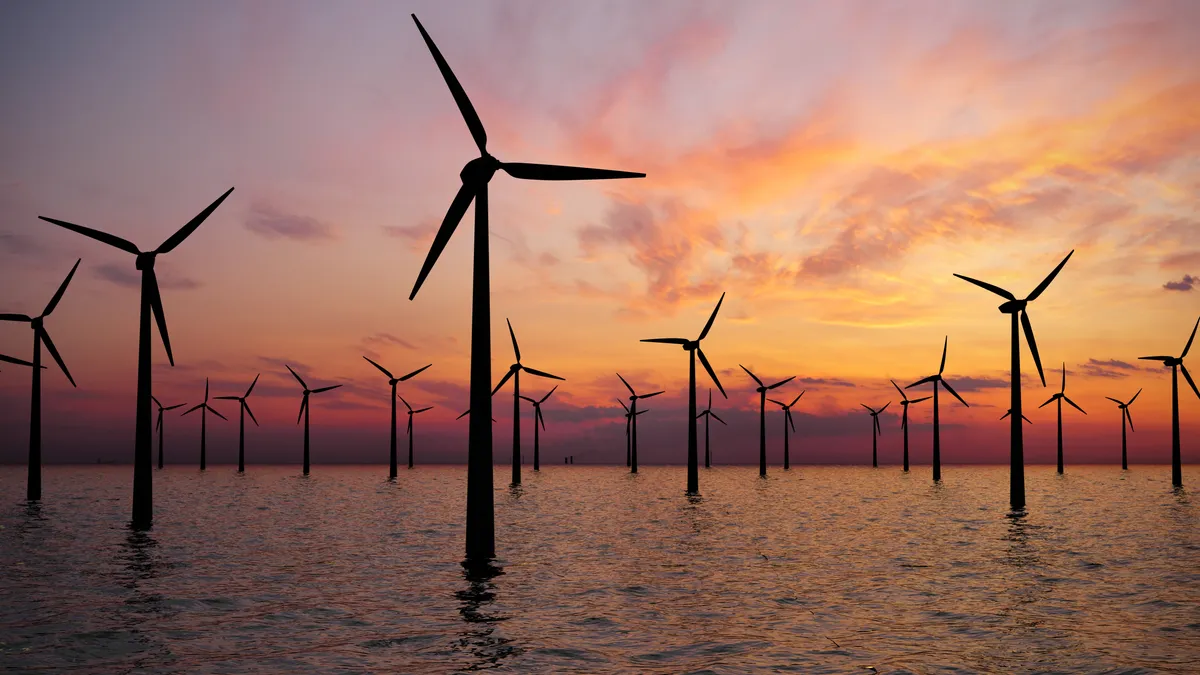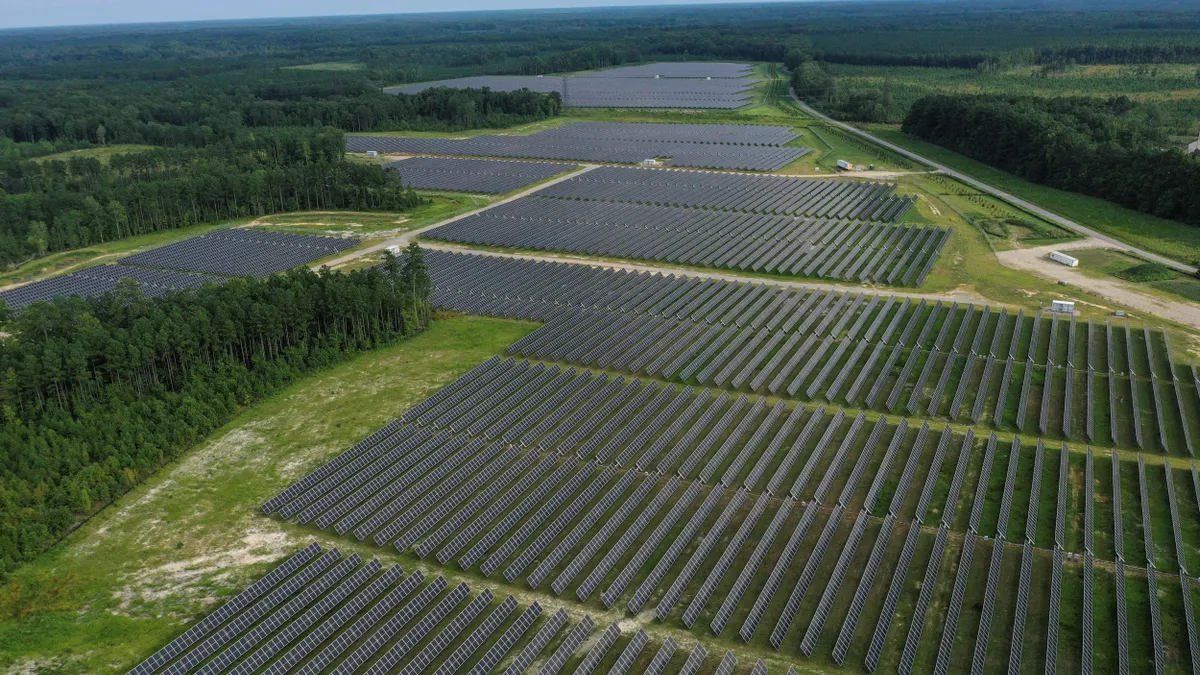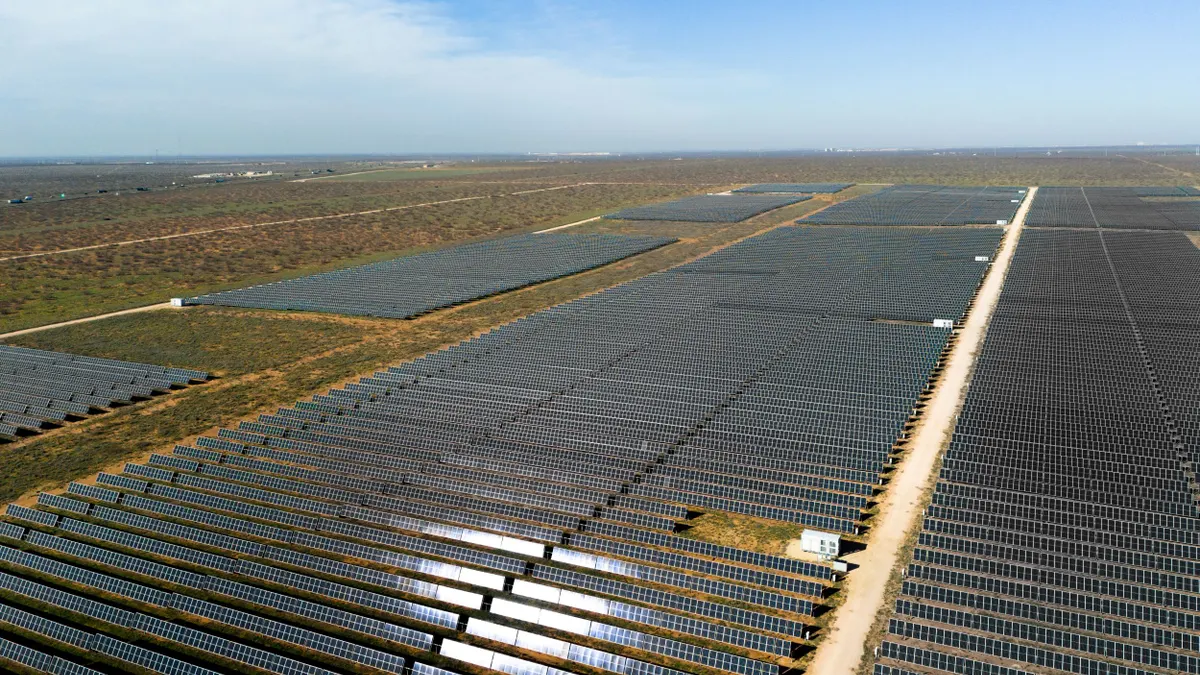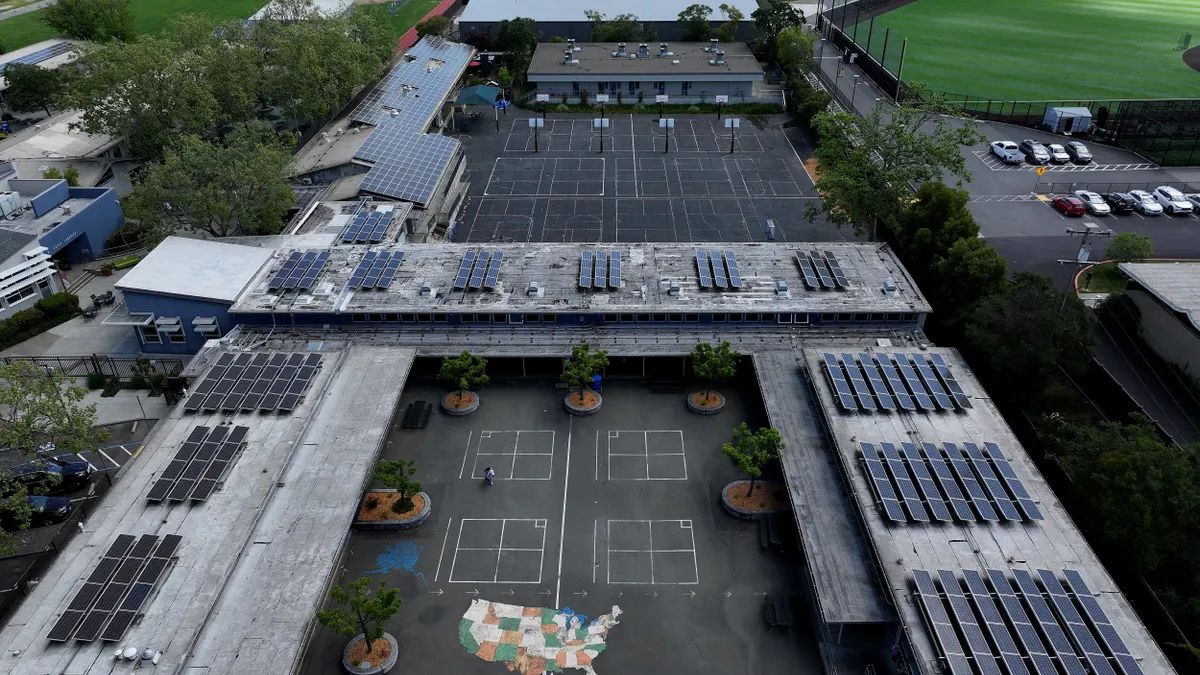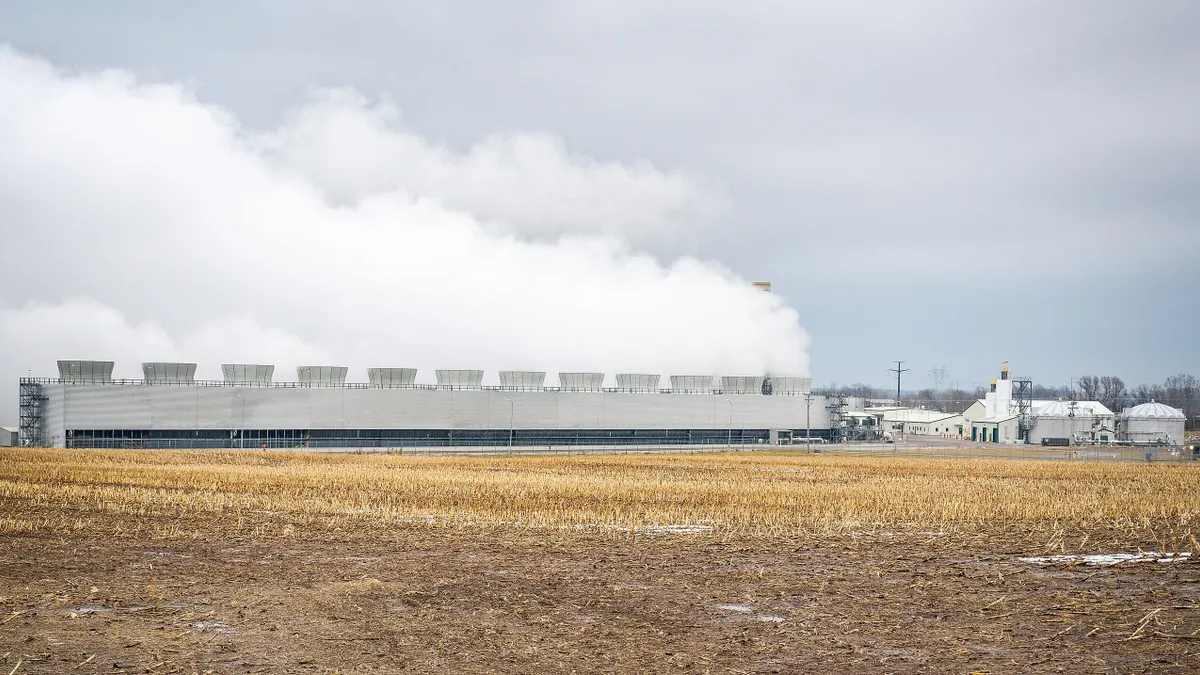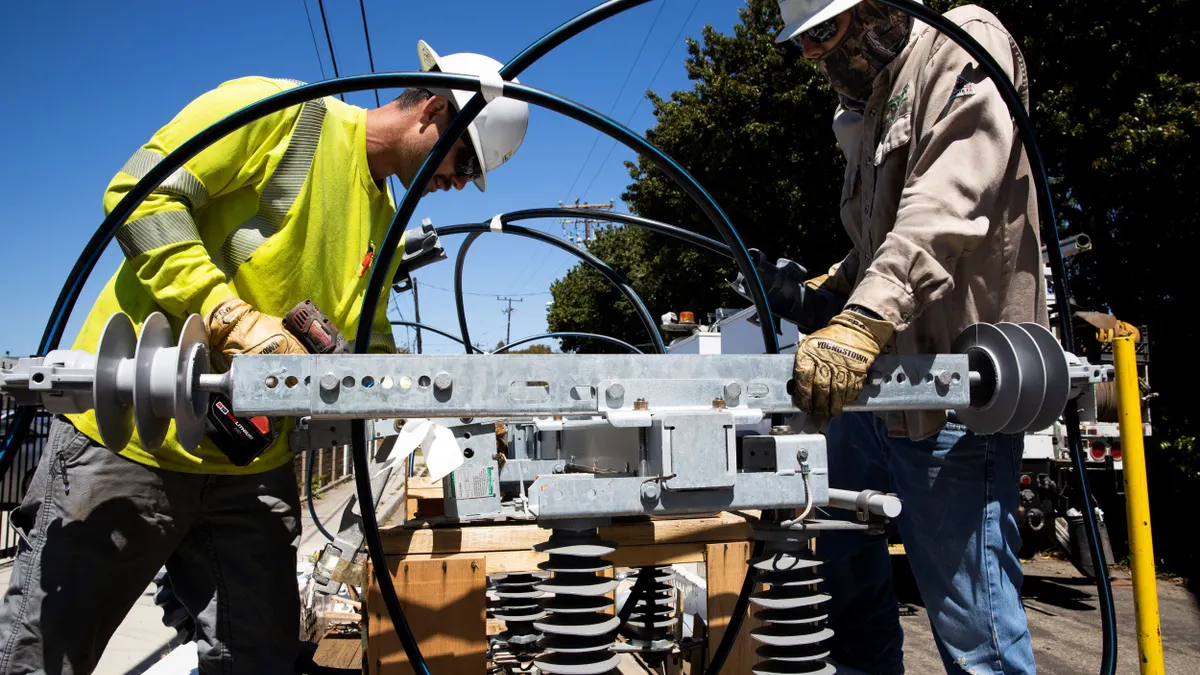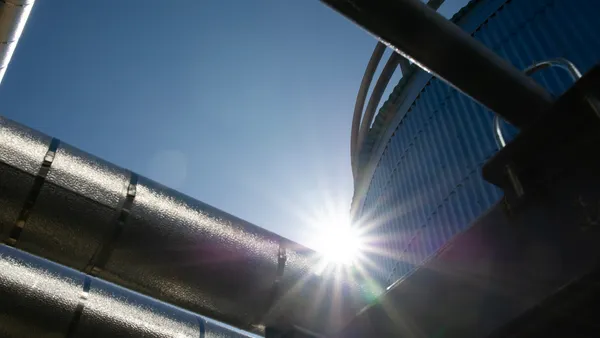Kenneth Irvin is a co-leader of Sidley’s global Energy and Infrastructure practice group. Ogemdi Maduike is an associate in Sidley’s Commercial Litigation and Disputes practice group.
When President Joe Biden took office in 2021, he pledged to deliver the most ambitious climate, conservation and clean energy agenda in U.S. history. Pundits and environmentalists can debate whether it was too much or too little an effort, but Biden did enact the Inflation Reduction Act, America’s largest-ever climate spending law. It attracted hundreds of billions of dollars in clean energy investments from the private sector and created hundreds of thousands of clean energy jobs. Shortly after Donald Trump won the election in November 2024, President Biden made a historic trip to the Amazon, becoming the first sitting U.S. president to visit the world’s largest rainforest. While there, Biden professed that a “clean energy revolution” is underway in the U.S., which “nobody can reverse.”
With Trump’s imminent, second ascension to the presidency, however, the durability of Biden’s clean energy initiatives is uncertain. While campaigning, Trump promised to roll back several cornerstones of the current policies. He has sharply criticized the IRA, calling it “the Green New Scam.” Trump’s proposed cabinet appointees — if confirmed by the Senate — are all signaling they’ll go in a very different direction on energy. Indeed, according to media reports, his nominee for Secretary of Energy, oil executive Chris Wright, has said, “There is no climate crisis, and we’re not in the midst of an energy transition, either.”
IRA: A Trump target
To pass the IRA, the Biden administration leveraged the budget reconciliation process — a congressional procedure used to expedite passage of certain federal legislation in the Senate with a simple majority vote. This maneuver allows policymakers to circumvent the Senate’s filibuster, which would otherwise require a 60-vote supermajority to pass critical funding legislation. Ironically, the second Trump administration is expected to use the same move to terminate or reverse much of Biden’s clean-energy legacy.
When President Biden first assumed office, he enjoyed majorities in both the Senate and the House. Similarly, Trump and the Republicans will hold majorities in both chambers, with a narrower margin in the House but a comfortable majority in the Senate. The Republicans plan to use reconciliation to advance Trump’s policy priorities, which include extending the 2017 Trump-era tax cuts and allocating resources to effectuate Trump’s immigration policies. Anticipating this line of attack, the Biden administration has been working fervently to commit or “obligate” as much of the appropriated dollars as possible under the IRA to clean energy initiatives.
Clean energy investments and job creation
Enacted in August 2022, the IRA expanded on the priorities of two other major investment bills — the bipartisan infrastructure law and the CHIPS and Science Act. The law directed nearly $400 billion in federal funding in the form of grants, loan guarantees, and, most notably, tax incentives, to clean energy initiatives. This includes rewarding developers who build clean energy facilities in low-income communities, and, in exchange for certain tax credits, it requires businesses to adhere to prevailing labor standards and wage requirements.
On the consumer side, the law offers up to $7,500 in tax breaks to households that purchase new, qualifying electric vehicles. In fact, since January 2024 alone, more than 150,000 electric vehicles were purchased because of the IRA EV tax credits. The law also provides tax credits, and direct payments in some instances, to households and small businesses seeking to purchase clean energy technologies such as solar panels and electric appliances for their property.
Precisely for its success across the country, Trump may encounter obstacles in his attempt to undo all of the IRA, including opposition from members of his own party. By targeting investment in low-income communities in particular, the IRA attracted $265 billion in clean energy and manufacturing investments from the private sector. It also created over 330,000 new jobs, the majority of which are in Republican-led congressional districts. This may be why over a dozen Republican lawmakers, in an open letter to Speaker Mike Johnson, urged him to protect key aspects of the IRA and championed the tax credits upon which many businesses and households have come to rely.
Environmental justice and federal sustainability
While the government often uses tax incentives to motivate private-sector investment that aligns with the public interest, the Biden administration arguably took this to a new level. His Executive Order 14096, for example, “Revitalizing Our Nation’s Commitment to Environmental Justice for All,” requires coordination within the federal government to assess and mitigate disparate impacts of development projects on the health and safety of vulnerable communities. Biden also launched the Justice40 initiative, which aimed to have 40% of the benefits of federal investments on climate change and clean energy go to communities historically overburdened by pollution.
Similarly, Biden’s Executive Order 14057, “Catalyzing Clean Energy Industries and Jobs through Federal Sustainability,” urged the federal government to “lead by example” to achieve a carbon pollution-free electricity sector by 2035 and a carbon neutral economy by 2050. To achieve these goals, Biden committed to transitioning the federal government’s buildings and vehicles to energy-efficient alternatives. Each of these commitments marked an important step for the U.S. in fulfilling its international obligations under the Paris Climate Agreement. (President Trump notably withdrew from it in 2017 shortly after taking office, a move President Biden quickly reversed.)
The road ahead: Challenges and opportunities
Considering President-elect Trump's opposition to diversity, equity and inclusion initiatives and progressive policies, there is widespread anticipation that President Biden's environmental justice initiatives may not be sustained under the new administration. The consensus seems to be that the outgoing president’s commitments to a carbon-neutral economy by transforming the transportation and energy infrastructure of the federal government will likely sunset.
Despite this prediction, there are some harsh realities on the ground that may interfere with Trump’s desire to overhaul existing clean energy policy. Communities and businesses have grown reliant on the tax incentives, including many in GOP-led states. There is also a surge in demand for electricity growing from data centers hosting artificial intelligence. Because of AI, after years of minimal growth, demand for electrical power in the U.S. is projected to increase through 2030 at a rate not seen for decades.
In December 2024, the House of Representatives Bipartisan Artificial Intelligence Task Force found that AI is a critical component of national security. The task force warned that the U.S. must take steps to ensure the technology is developed and deployed responsibly. That urgent action also includes solving the new challenges of grid reliability and affordability stemming from such increased demand for electricity.
From rejoining the Paris Climate Accords, to shepherding the IRA through a narrow Democrat-led Congress, Biden’s presidency marked several policy achievements that invigorated the energy sector. Now, time will tell how enduring those will be, with several of the achievements at stake once Trump gets sworn in for his second term. But however much distaste Trump may have for the “clean energy revolution,” unprecedented demand for electricity will provide strong political and logistical support for all forms of generation, including renewable energy.


